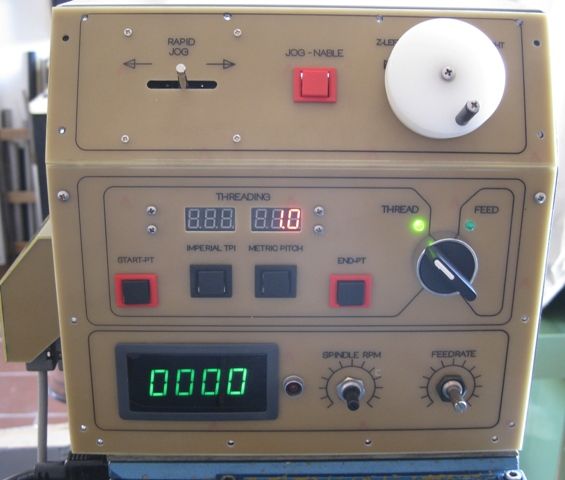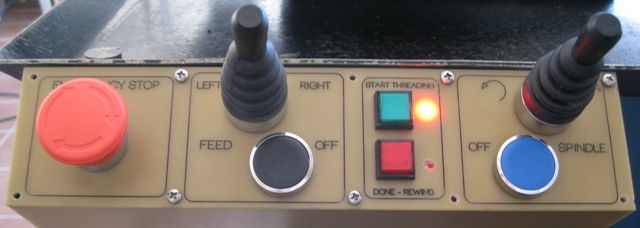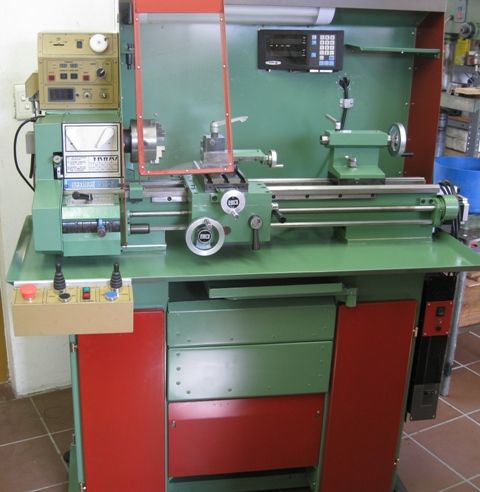Many thanks for feedback up to date. It seems that issue is an interesting one.
@Clive Foster, I would prefer tailstock location. Seems neater. Alteration at headstock could easily hamper smooth changing of changewheels for screwcutting. If done on tailstock, I would replace leadscrew handwheel with an appropriate toothed pulley or gear, coupled to motor by toothed belt or something alike. Would try to make it as compact as possible.
@ega, he says, he did it but no details are disclosed.
@Nick Hulme, Saving leadscrew this way will be offset by frequent need to replace handwheel pinion gears.
I would rather install telescopic springs as swarf guards on my leadscrew, if objection is to reduce wear. Nevertheless idea is interesting, it didn't come to my mind while analyzing problem.
@Hopper, Search results from your link do not deliver any output. Maybe I do not know yet how to use it correctly.
Planetary gearbox with normal motor seems to be a good way forward, but clutch is a necessity as such gearbox is not "reversible". During screwcutting it could be damaged.
@Martin Kyte, thanks for reference to mod, but my leadscrew is still 5/8 inch (machine is from Dec.1968), so the kit sold would not be suitable and it still would need to be altered to incorporate motor drive.
Interestingly I had ideas about incorporating thrust bearing on leadscrew of my ML 7, particularly because it will be replaced with new one which I am free to modify. Sometime ago I had a daft engineering idea with modifying screw press with thrust bearing. Press got damaged.
By profession I am chemist and I am not well versed in electronics beyond basic concepts, albeit I have designed and made simple few V @ 300A DC power supply based on 6 diode rectifier of 3 phase input. I went for 3 phase version to get rid of problems with 10F or so "smoothing" capacitor which would be needed otherwise, at 50Hz at least. This machine and dangerous buzzing sound it produces as well as diameters of wiring there is causing fear in my wife but it is useful also for other things. Nevertheless I would have considerable difficulty with programming controller of driver of stepping motor.
Anyway, don't you worry that stepper motor will jerk, possibly adding to chatter during turning? I understand that so called microstepping is only applicable to a very low power stepper motors.
@Douglas Johnston, Regarding automatic carriage stop, I am now testing very similar device, but this one trips relay in 3 phase power supply in my main motor. Inertia of 3 phase motor, pulleys and a chuck spoils a fun at open speeds, though my stop has buffering spring incorporated and system will work without causing damage to machine. For screwcutting to shoulder or screwcutting of blind holes on backgears it works well.
Btw, congratulatios. You have made device discussed here. Did you notice any problems related to jerking by stepper motor? How much power or torque your stepper motor gives?
Martin
Enough!.








